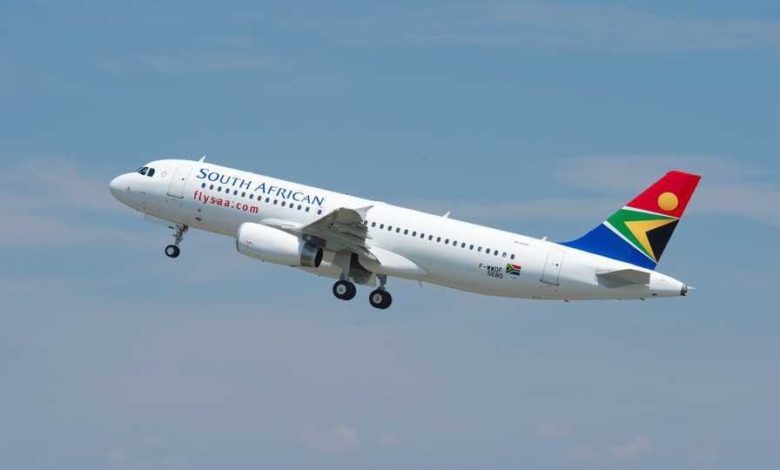Can Camair-Co take a page from South African Airways’ Book?

By Hans Ngala
South African Airways (SAA) has achieved a remarkable turnaround, posting its first profit since 2012. On November 20, 2024, the airline announced a profit of 252 million Rand (roughly 8.7 billion FCFA), a sharp contrast to the staggering losses it had incurred in recent years. Over the past four years, SAA accumulated a total of 23.5 billion Rand (about 834 billion FCFA) in losses. At one point, the airline faced the possibility of privatization, significant staff layoffs, and the devastating impact of the COVID-19 pandemic in 2020, all of which contributed to its financial decline.
However, with astute management and a clear strategic shift, SAA has made a remarkable recovery. A key part of this turnaround was the expansion of its route network. In addition to bolstering regional connectivity within Africa, including new destinations like Harare, Lusaka, Lagos, Accra, Mauritius, and Kinshasa, the airline has also reintroduced long-haul flights to international destinations such as New York, Hong Kong, São Paulo, and Perth. SAA’s management credits this expansion as a crucial step in regaining profitability and restoring its reputation as a leading African airline.
Camair-Co, Cameroon’s national carrier, finds itself in a similar predicament to the one SAA faced before its recovery. Rebranding itself from the ashes of the now-defunct “Cameroon Airlines”, Camair-Co has struggled for years with financial instability, poor customer service, and a lack of reliability. Much like SAA, Camair-Co has had to scale back its operations and suspend many international routes due to its mounting debts, aging fleet, and poor operational efficiency.
In fact, Camair-Co’s reputation among its own citizens is precarious, with many Cameroonians expressing a lack of trust in the airline. The carrier has been the subject of ridicule, with some passengers referring to its planes as “flying coffins” due to the perceived poor maintenance of its fleet. A viral image from a few years ago showed passengers boarding a Camair-Co plane using a wooden ladder, further undermining public confidence in the airline’s safety standards.
Given the challenges that both South African Airways and Camair-Co have faced, could Camair-Co learn from SAA’s successful restructuring efforts? The key to South African Airways’ turnaround was strong management, a clear strategic direction, and a willingness to invest in new routes and services to attract customers. By expanding its network to both regional and international destinations, SAA not only increased revenue, but also helped restore its image as a reliable airline.
For Camair-Co, there is hope that a similar approach could help restore its credibility and profitability. The airline would need to invest heavily in fleet maintenance and modernization, ensuring that its planes meet international safety standards. It must also focus on customer service and operational efficiency to build a more positive reputation, both locally and internationally. Additionally, expanding its flight offerings, including to underserved destinations, could also provide new revenue streams and attract both business and leisure travelers. But most importantly, making flights affordable and encouraging more Cameroonians to travel by air.
Another important factor will be rebuilding public trust. Cameroonians have long been critical of their national carrier, and regaining their confidence will require Camair-Co to make tangible improvements in its service offerings. Whether it’s reducing delays, improving the overall travel experience, or addressing concerns about safety, Camair-Co must make a concerted effort to show that it can offer reliable and secure air travel.
While the road to recovery may be long and arduous, the example set by South African Airways offers valuable lessons for Cameroon’s national carrier. It is possible for Camair-Co to rise above its current difficulties, provided there is a commitment to change and a clear vision for the future of aviation in Cameroon.
For the moment, the question remains: Can Camair-Co take a page from South African Airways’ book? Only time will tell, but the lessons of South Africa’s recovery offer a hopeful roadmap for Cameroon’s own airline industry.



